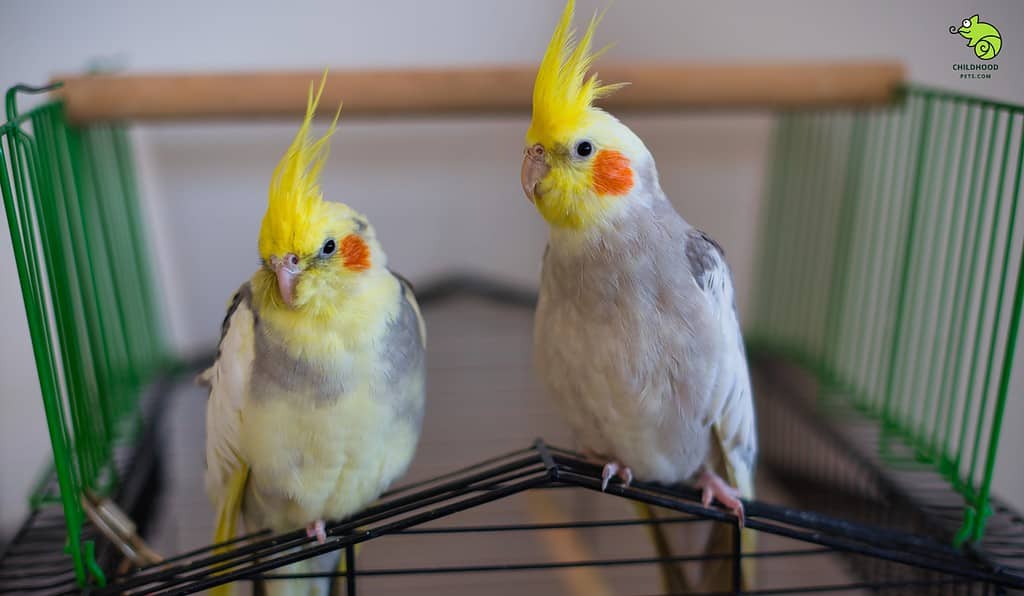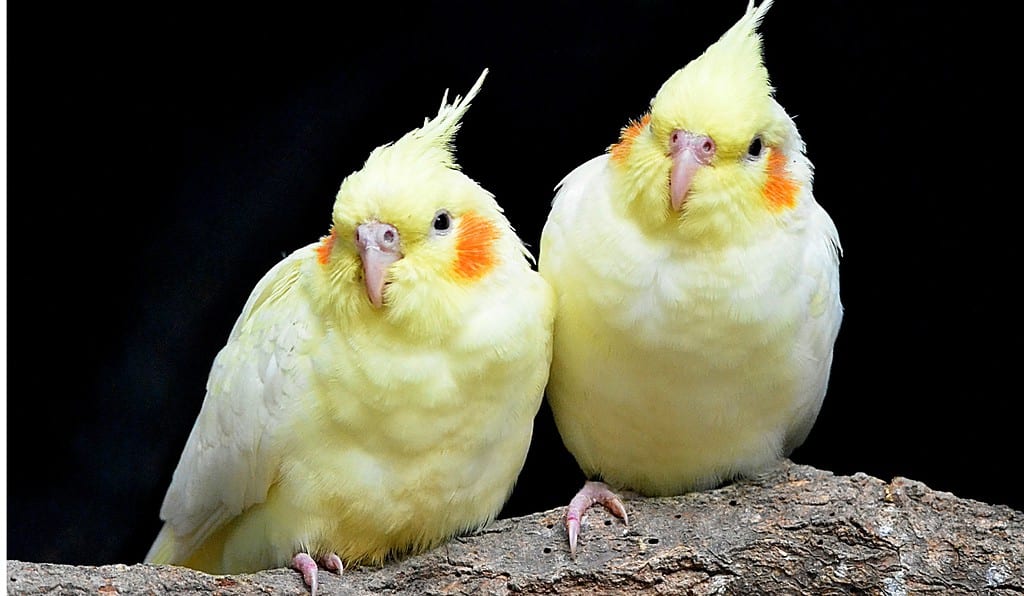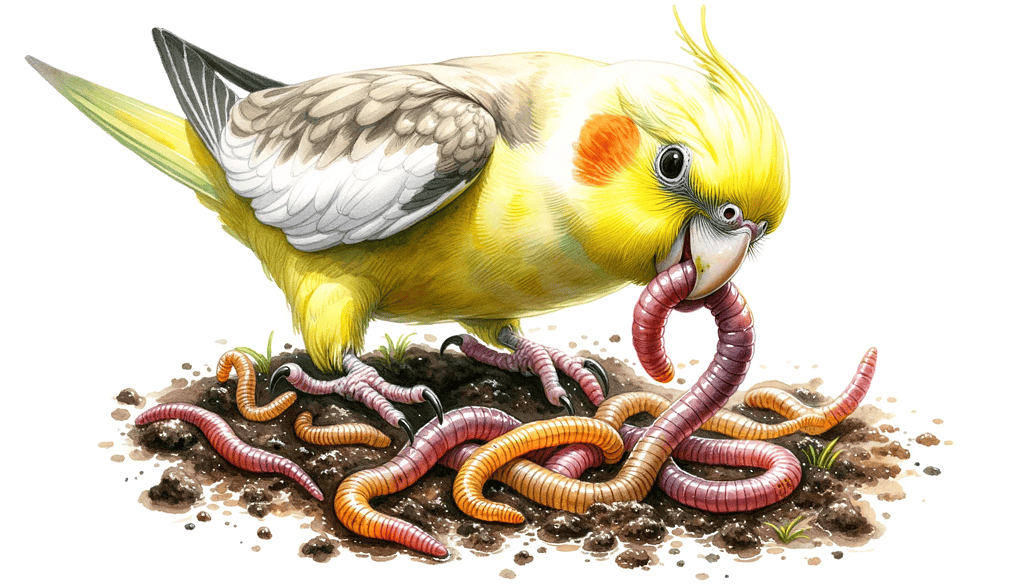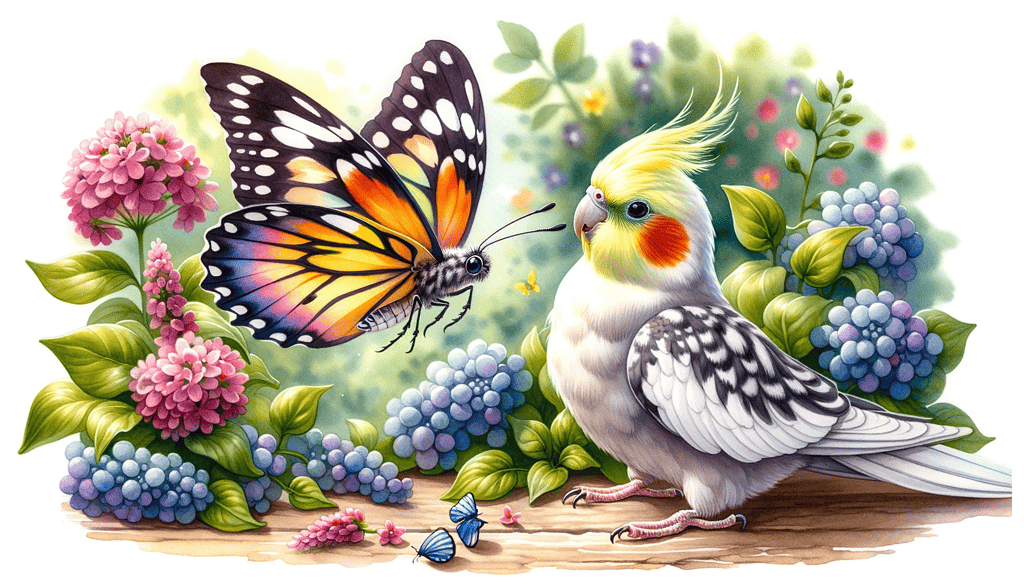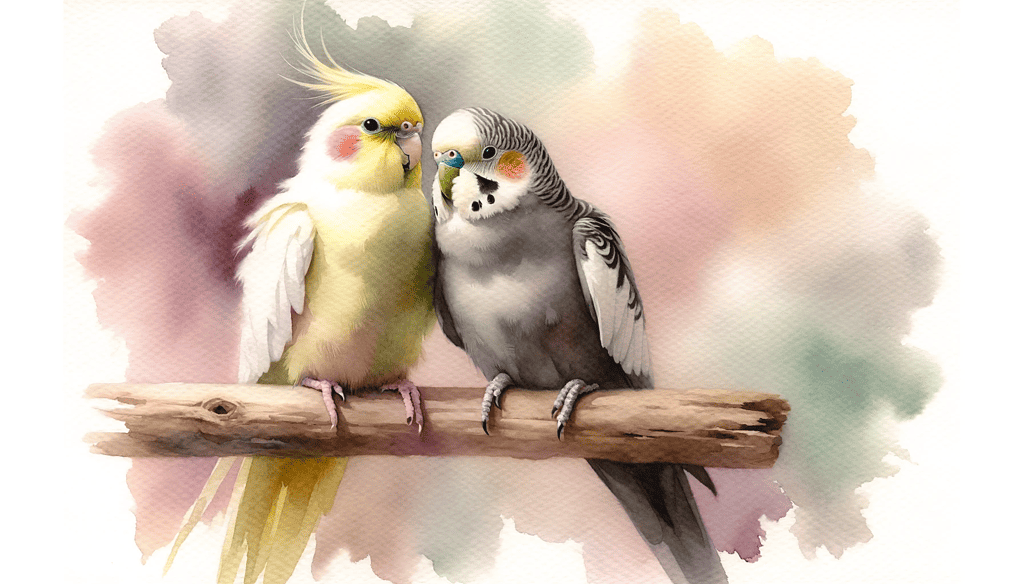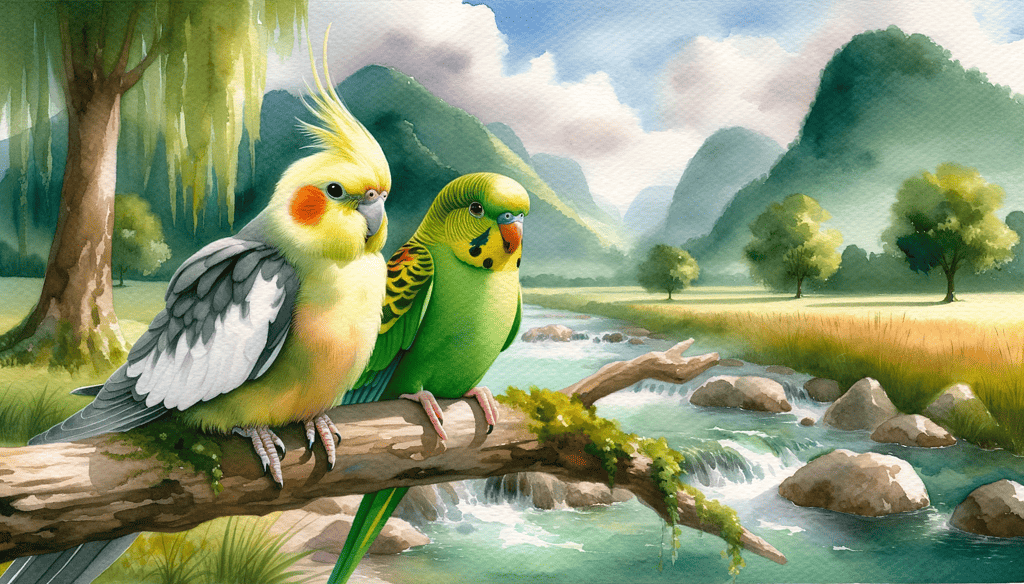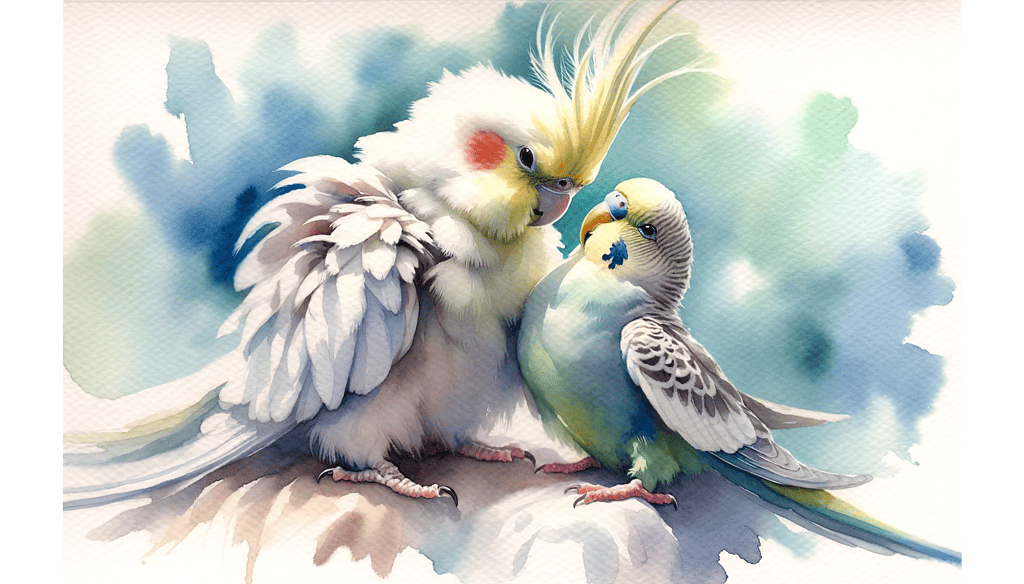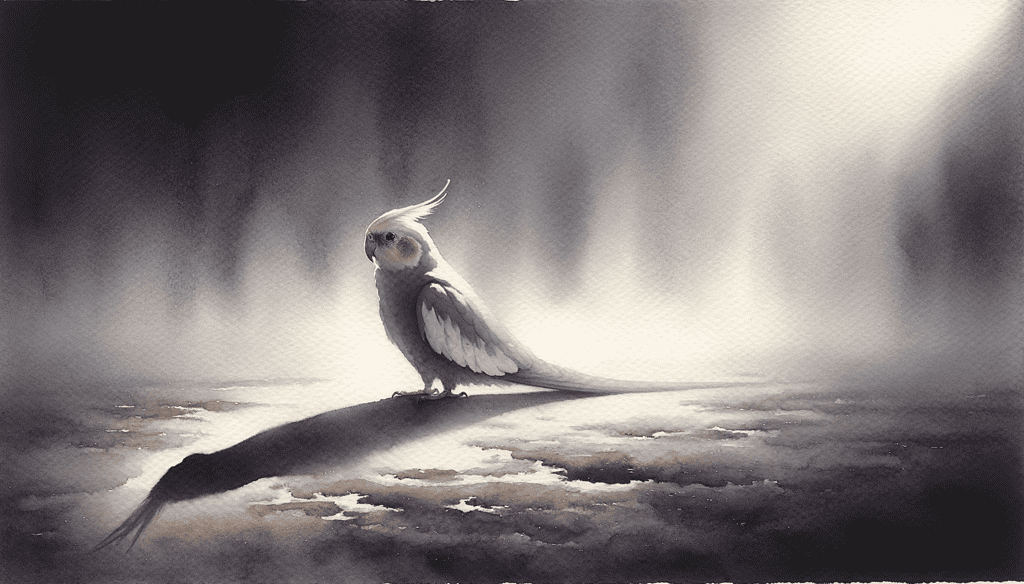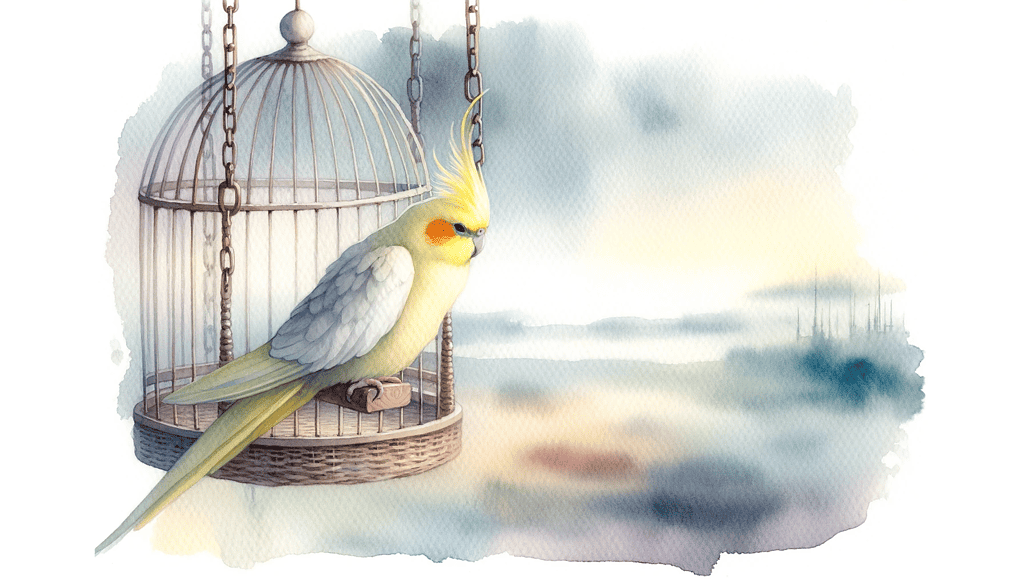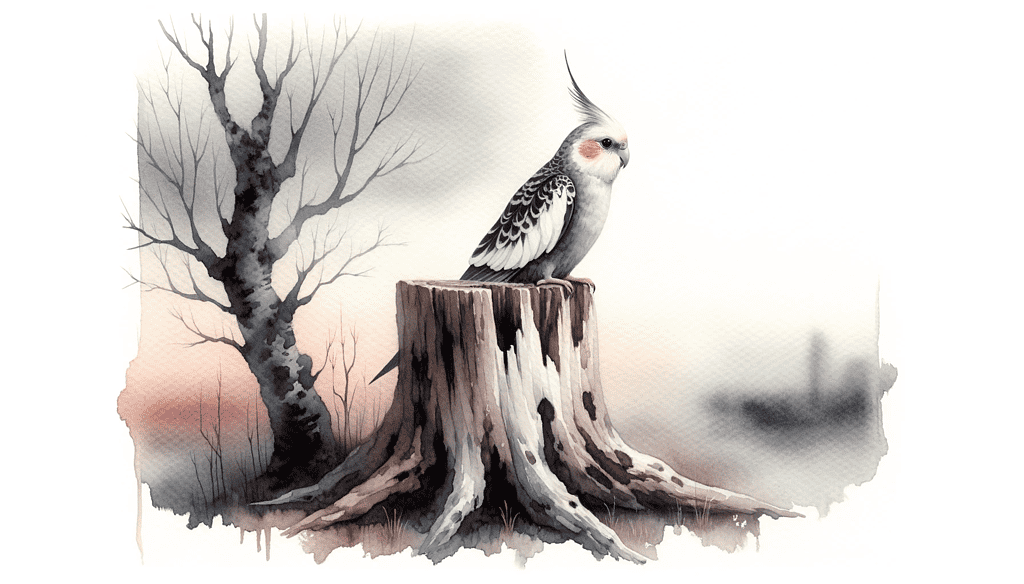
The melodious chirps of a cockatiel are not just heartwarming but are a fine language of their own, echoing tales of their emotions and perceptions. As dawn breaks, the first chirps of a cockatiel are like a symphony that adorns the silence, opening a window to the vibrant communicative realm of these feathered companions. Their vocal behavior is a blend of art and expression, an unseen thread that ties them to the world around, making the ambiance in a bird lover’s abode lively and emotionally rich.
Understanding a cockatiel’s vocal behavior is pivotal in nurturing a harmonious bond, as it’s their way of expressing happiness, seeking attention, or alerting about their needs. This interactive vocalization is essential for their well-being and a serene co-existence.
So, are you ready to dive into the mesmerizing world of chirping cockatiels and discover the meaning behind their delightful tunes? Your pathway to forming a melodious bond with your feathered companion awaits as you read on!
Cockatiels As Natural-Born Communicators
Cockatiels share the communicative flamboyance of their parrot cousins. Their vocal cords are adept at creating a variety of sounds, each carrying its unique meaning. Through my extensive experience in avian care, I’ve come to appreciate the rich tapestry of sounds a cockatiel can produce, and how akin they are to other parrots known for their vocal dexterity.
Understanding Common Cockatiel Sounds
Venturing into the realm of cockatiel vocalizations is akin to learning a new language. Each chirp, whistle, and squawk is a word, a phrase in the rich dialect of these feathered companions. Let’s explore what our cockatiels are articulating through their varied vocal repertoire.
Chirping
The chirp of a cockatiel is often a sign of happiness and sociability. When you hear those gentle chirps resonating through your home, take it as a sign of a contented bird, engaging with its surroundings. It’s their way of painting their emotions onto the canvas of ambiance, brightening up the space with acoustic hues of joy and comfort.
Whistling
Whistling comes naturally to cockatiels, especially the males. It’s a melodious endeavor often employed to attract a mate or express contentment. When your cockatiel breaks into a whimsical whistle, it’s resonating with a sense of satisfaction, or perhaps, engaging in a romantic serenade to charm a feathered beloved.
Screaming
A cockatiel’s scream can pierce through the calmness of your home, often startling the uninitiated. However, this dramatic vocal expression is usually a cry for attention, stemming from feelings of fear, loneliness, or boredom. Addressing the underlying causes of such vocal outbursts can often restore the tranquility of your abode and comfort to your cockatiel.
Mimicry
Cockatiels possess a playful knack for mimicry. They can pick up on and replicate an array of sounds from their environment. This ability isn’t merely a show of acoustic skills, but a form of interaction and bonding. Encouraging this behavior can be a delightful way to engage with your cockatiel, nurturing a deeper bond through the exchange of whimsical mimicry.
Hissing
The hiss of a cockatiel is a signal of discomfort or fear. It’s a stark contrast to the cheerful chirps and playful mimicry, indicating a state of distress. Knowing how to respond when your cockatiel exhibits such behavior can alleviate its discomfort and prevent potential stressors in the future.
Singing
The singing of a cockatiel is a spectacle to behold. It’s a melodious blend of chirps and whistles, often orchestrated in a whimsical rhythm that resonates with the cockatiel’s emotions. The beauty of cockatiel singing lies in its spontaneity and the joy it emanates, enriching the bond between you and your feathered companion.
Squawks
Squawks often serve as a cockatiel’s alarm system, employed to express discomfort or give a heads-up about something amiss in their environment. It’s a louder, more urgent vocalization that seeks your attention, urging you to tune into their needs or concerns.
Unique Vocal Characteristics of Cockatiels
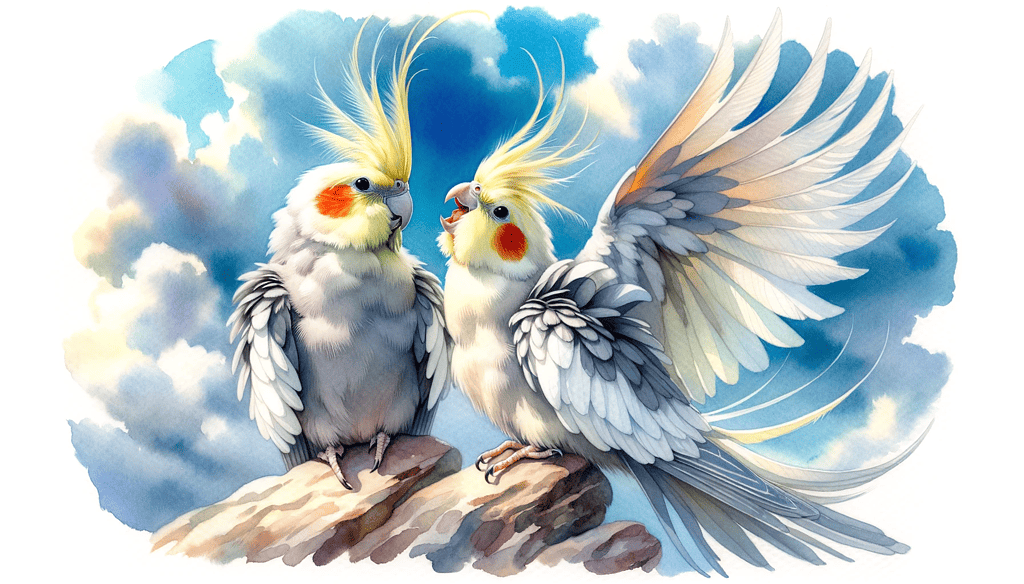
Cockatiels are an enigmatic blend of auditory charm and vocal sophistication. Their ability to produce a variety of sounds is not just a whimsical display of vocal prowess, but a fascinating biological narrative. Let’s delve into some unique vocal characteristics that set cockatiels apart in the avian chorus.
- Cockatiels possess dual voice boxes, a remarkable feature that enables them to simultaneously produce two distinct sounds. It’s like having two musical instruments playing in harmony within one petite, feathered body. This trait not only amplifies their vocal versatility but adds a captivating layer to their auditory interactions.
- There’s a discernible difference in vocalization patterns between male and female cockatiels. Male cockatiels tend to be more vocal and exhibit a wider range of sounds, while females are often more reserved in their vocal expressions. This gender-based vocal distinction is a melodious echo of their natural behavioral traits, painting a vivid picture of nature’s acoustic design.
Training Cockatiel To Enhance Their Vocal Interaction

As we transition from understanding the inherent vocal traits of cockatiels to fostering a harmonious vocal interaction, the importance of training comes into the spotlight. Training your cockatiel not only enhances your bond but also creates a melodious living environment.
Tips and Techniques
Promoting a healthy vocal interaction with your cockatiel is akin to nurturing a musical bond. It’s about encouraging the pleasant chirps and whistles, while gently steering away from the less desired screams and squawks.
1. Establish a Routine
Cockatiels thrive on routine. Establishing a daily routine of interaction can provide a sense of security and anticipation for your feathery companion. Consistent talk and response sessions, at roughly the same times each day, can create a rhythm that your cockatiel can look forward to.
2. Use Positive Reinforcement
Every time your cockatiel vocalizes pleasantly, reward them with a treat or a tender stroke. This positive reinforcement encourages them to engage more in acceptable vocal behaviors.
3. Distract and Redirect
If your cockatiel veers towards undesirable screaming, distraction can be key. Use toys, new perches, or even a change of scenery by moving them to a different room to divert their attention, and then engage them in pleasant vocal interaction.
4. Be Patient and Understanding
Understanding the root cause of unwanted vocal behavior is critical. It might be stemming from boredom, attention-seeking, or even fear. Addressing these underlying issues with patience can significantly improve vocal interaction.
5. Use Calm and Soft Spoken Words
When interacting, use a calm and soft-spoken tone. Cockatiels are sensitive to the tones of voice and are likely to mimic the energy and tone you exhibit.
6. Encourage Social Interaction
Cockatiels are social birds. Allow them to interact with other birds or family members. This social interaction can help in developing their vocal skills and reducing unwanted screaming.
7. Offer a Stimulating Environment
A stimulating environment with a variety of toys, mirrors, and perches can keep your cockatiel entertained and less likely to engage in undesired vocalization.
8. Consistent Training Sessions
Consistency is key in training. Regular short training sessions can go a long way in shaping the vocal behavior of your cockatiel.
9. Consult with an Avian Veterinarian
If challenges persist, consulting with an avian veterinarian or a bird behaviorist can provide personalized solutions and insights into managing vocal behavior.
Conclusion
The melodious journey through the vocal landscape of cockatiels unveils a realm where emotions resonate through chirps, whistles, and songs. Understanding and interacting with your chirping cockatiel not only enriches your shared experiences but also creates a symphony of companionship that’s as heartwarming as it is melodious.
Please share your own experiences and tips in the comments below. Your insights could be the melody that guides other bird enthusiasts on their journey towards a harmonious cockatiel companionship. And if this article struck a chord with you, sharing it with bird lovers would surely spread the joy of understanding the vocal beauty of cockatiels.
Frequently Asked Questions
Can Cockatiels Talk?
Cockatiels have a modest ability to mimic human speech, though their clarity might not match that of larger parrots.
When Do Cockatiels Start Talking?
Cockatiels may start mimicking sounds as early as six months, but some might take a bit longer to begin their vocal journey.
Why Do Cockatiels Sing?
Their singing behavior is often a blend of social interaction and environmental response, creating a melodious ambiance.
Do cockatiels chirp a lot?
Cockatiels do chirp quite a bit, expressing their emotions and engaging with their environment.
How do I keep my cockatiel quiet?
Providing a stimulating environment and regular interaction can help manage your cockatiel’s vocalizations.
What makes cockatiels happy?
A nurturing environment, social interaction, and mental stimulation are key ingredients to a happy cockatiel.




